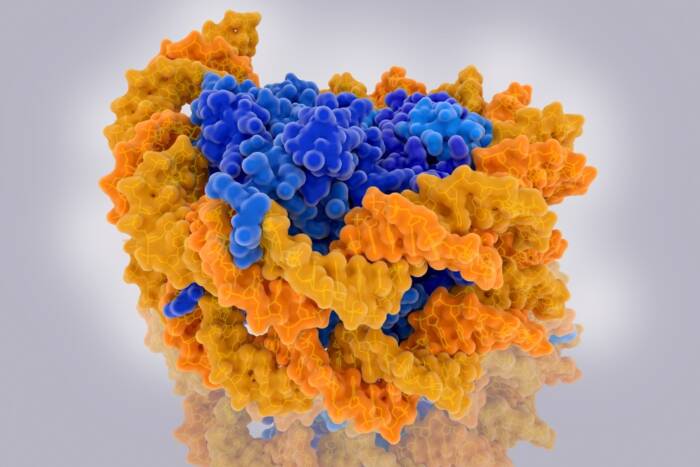Heather Anne King
 B.S., The College of William and Mary
B.S., The College of William and Mary
Structural and Biochemical Analysis of the Drosophila Protein Period, a Conserved and Essential Component of the Circadian Clock
presented by Michael W. Young
Heather came to my group with an unusual background in chemistry. Rockefeller has a collaborative program with Cornell University that seeks to identify exceptional students in chemistry. These students train for a first year in Cornell’s large chemistry department and can then choose to perform a rotation in a lab at Cornell, Rockefeller or another affiliate institution. Some of these students develop a significant interest in biological problems.
Heather chose to work with us on a problem related to circadian clocks. These control our cycles of sleep and wakefulness and many other biological rhythms.
Although she came to my lab with little experience in biology and could easily have picked up just enough to carry out her project, Heather became deeply interested in all areas of our lab’s work. Heather decided to work on a project involving protein crystallography, not at all an area covered by our group before. Heather would have to solve technical problems, as they arose, without substantial day-to-day input from other members of my laboratory. She instead arranged to be coadvised by Brian Crane at Cornell University and assembled a working collaboration with a crystallographer, André Hoelz, who is affiliated with Günter Blobel’s lab here at Rockefeller. She arranged all of this on her own, and her plan worked remarkably well over the course of her graduate studies.
Heather is a very effective experimentalist. Her project focused on a key portion of the Period protein (PER) that is essential for circadian rhythms in animals ranging from fruit flies to humans. Heather solved this structure and showed in extraordinary detail how pairs of PER proteins may physically combine with each other to affect circadian behavior.
Heather’s successes in the laboratory have run parallel to her successes at home. Two sons were born to Heather and her husband while she was a student here. Heather and her family will now move on to a new series of postdoctoral adventures at the National Institute of Environmental Health Sciences in North Carolina.


